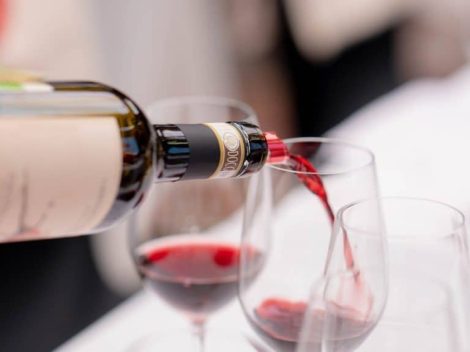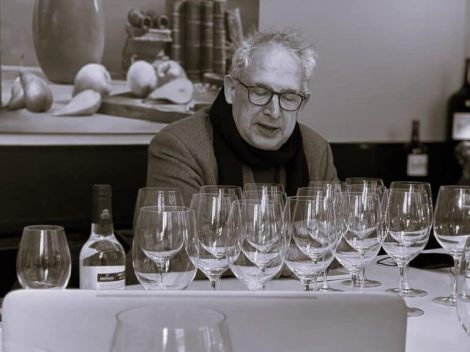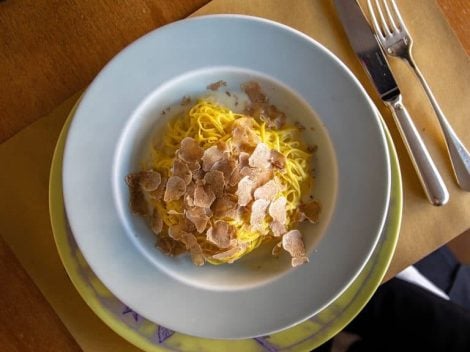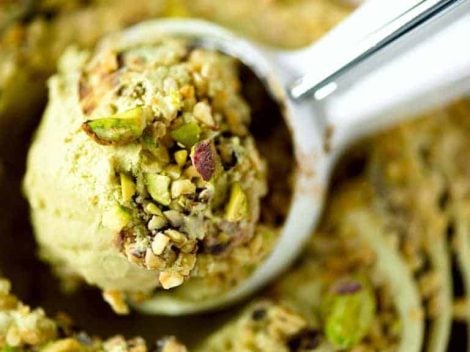It’s a long, long way from a coffee bar in the modest town of Gallarate, in Lombardy, to the stellar ski resort, Courmayeur, in Aosta. Maria Gosio offers her vision of Northern Italy's cuisine through some classic and elegant dishes, based on excellent ingredients.Her trout is from Lillaz, her butter from Gignod, her guinea hen from Arnad. Her husband, Andrea, complements her work with a devotee’s wine cellar.
“Inspired by the flavors of the Valle”
Maura describes herself as self-taught, but she has always had a passion for cooking and made it a part of her life. “Before opening a real restaurant, I managed a couple of coffee bars in Gallarate,” the chef told us. “They were family-owned places and I had fun cooking for friends and for the bar’s habitués.” One day her husband Andrea Corradi suggested they open a restaurant of their own. In 1999 they launched Piazzetta, in Ferno, near Gallarate. “Our new life began there,” Maura said. “Piazzetta, in 2005, won a Michelin star. Then it was one challenge after another. First in Cremona, in 2011, we opened Al Quarto, and in 2012, in Valle d’Aosta, the Petit Royal in the Hotel Royal e Golf in Courmayeur.” We asked what schools, courses, mentors she’d had. “None, except for a vacation on the French Riviera where I was an observer in the kitchen of Roger Verger, near Cannes. It was fascinating,” Maura remembered. “However my own experience has been my school. And reading – I devour cook books and cooking magazines.” But the most essential part of life for Maura Gosio is her contact with her territory, a continual source of inspiration. The trout she serves comes from Lillaz. “The fish is from the waters of a village near Cogne. Its size, its firm consistency and flavor are better than other trout in the Valle d’Aosta,” she explained. Guinea hen is from Arnad, a town that is also famous for its lard. “The products I find and use every day lead the way in my kitchen,” she observed. “I constantly visit local producers and growers. We talk and discuss things. I keep tradition firmly in mind, although I interpret and innovate when I need to.”
Andrea is always by her side. He runs the front of the house along with sommelier Francesco Stella, who is a passionate wine expert and the author of the pairings for Maura’s recipes.
2 forchette | Petit del Grand Hotel Royal e Golf | via Roma, 87 | Courmayeur (AO) | tel. 0165 831 611 | www.hotelroyalegolf.com
Forest floor with smoked, marinated Lillaz trout
1 kilo salmon trout from Lillaz
500 g sugar
500 g salt
1 lemon
1 orange
15 g star anise
8 g black pepper
10 g cardamom seeds
50 g hay
For the forest floor
200 g dried black olives
100 g brioche
100 g dark bread (pumpernickel, e.g.)
20 g dried tomatoes
For the Jerusalem artichoke
50 g Jerusalem artichoke
50 g sugar
50 ml water
50 ml vegetable oil
For the marinade sponge
300 ml white wine
150 ml red wine vinegar
400 ml water
150 g wildflower honey
26 g unflavored gelatin leaves
For the garnish
Dandelions, mushrooms, Maldon salt
Marinate the salmon trout for 12 hours in a mixture of salt, sugar, lemon zest, orange, star anise, pepper and cardamom. Clean off the marinade delicately and smoke the fish for 2 hours with hay.
Prepare the ‘forest floor’. For the ‘dirt’, puree ingredients together in a blender until you obtain a uniform color.
For the candied Jerusalem artichoke skins: cut the chokes in half and boil for 4 hours in abundant salted water. Separate the flesh from the skin and place the skins in a dehydrator overnight. Once dried, immerse the skins in a syrup of equal parts of sugar and water, and put back in the dehydrator for 6 hours. Then puff up the skins in vegetable oil heated to 183°C (361°F).
For the marinade sponge: place all the ingredients in a mixer, except for the gelatin leaves. Dissolve the leaves in a microwave oven with five times their weight in water. Add the gelatin to the liquid and beat at high velocity until the mixture has reached 10 times its original volume. Transfer to freezer.
Assembly: Arrange the various elements on a plate, garnish with dandelions, lemon-imbued oil, sautéed mushrooms and flakes of Maldon salt.
Bread gnocchi with malva flowers, puréed Tuscan kale and fresh goat cheese
For the gnocchi
350 g Pugliese bread (durum wheat)
200 g black bread
150 g brioche
375 ml milk
350 g Parmigiano Reggiano
100 g eggs
2 g pepper
20 malva flowers
3.5 g marjoram
For the puréed Tuscan kale
100 g Tuscan kale (cavolo nero)
50 ml vegetable oil
For the fresh goat cheese foam
150 g fresh goat cheese (from the Panizzi brothers in Courmayeur)
50 ml fresh cream (Panizzi brothers, Courmayeur)
40 ml milk (Panizzi brothers, Courmayeur)
1 charge for the siphon (nitrous oxide for cream and smooth foams)
For the gnocchi: blend the ingredients and shape into 20 g spheres. Cook in boiling salted water, drain and sauté with foaming butter, garlic and mountain herbs.
For the puréed Tuscan kale: clean the kale and chop finely. Cook in boiling salted water for 4 minutes and immediately immerse in water and ice. Purée the kale and whip with vegetable oil.
For the goat cheese foam: blend all ingredients, pass through a fine strainer and put mixture in a charged siphon. Leave overnight. Spread the puree on the plate, arrange the gnocchi on top, with the siphon-whipped cheese foam in the center.
Guinea Hen from the Bassa Valle, Tarte Tatin and Calvados sauce
1 guinea hen from Arnad
50 ml Calvados
15 g homemade heritage applesauce
10 g butter from Gignod
For the Tatin
50 g puff pastry
1 heritage apple cut in 1 cm-thick slices
Sugar
For the sandwich:
100 g crustless white bread
30 g guinea hen giblets
50 ml Calvados
15 g butter from Gignod
Butter
Remove the breasts from the fowl, salt and brown slowly in an oven-proof pan with oil, laurel and a little butter. When they are golden, place the pan in the oven to finish cooking the breasts. Deglaze the pan with Calvados and reduce liquid. Add applesauce and beat with butter.
For the Tarte Tatin: caramelize the apple slices in sugar and place in sphere-shaped molds. Cover with puff pastry and bake for 15 minutes at 190°C/375°F.
For the sandwich: Sauté the giblets in butter, garlic and herbs, deglazing with Calvados. When cooked, purée with butter and put aside. Flatten the white bread with a rolling pin and spread slices with giblet purée. Roll into cylinders and fry in deep vegetable oil.
Assemble adding leaves of baby spinach dressed with lemon-imbued oil and a little salt.
Enrich the dish, if desired, with guinea hen liver cooked with onion, vinegar, bay leaf, oil and salt. Leave to cool, cut into cubes, bread and fry.
Sugar sphere, Martin pear and nut dirt
For the Martin pear coulis
100 g Martin pear
5 g lemon juice
For the crumble
200 g butter from Gignod, in small cubes
200 g shelled walnuts
100 g almond flour
150 g sugar
30 g cocoa powder
200 g pastry flour (00)
2 g Maldon salt
2 vanilla pods
70 ml white wine
For the sphere
100 g sugar
35 ml water
25 g glucose
.5 g cream of tartar
Berries to garnish
For the pear purée: peel and core pear, then cut into cubes. Purée with the lemon juice to maintain color.
For the crumble: mix sugar, almond flour, cocoa powder, flour, butter and white wine. Beat until blended. Add chopped nuts and, at the end, salt. Spread mixture evenly on baking pan lined with parchment paper. Bake at 180°C/350°F for 15 minutes. Reshape the mixture and bake again for 5 minutes.
For the sphere: heat ingredients together to 100°C/212°F. Skim off impurities and heat again to 183°C/361°F. Pour onto a silpat sheet and knead with hands under a hot lamp (90°C/194°F). Then blow up with the help of a pump (like glass-blowing in Murano) to form spheres. Fill the spheres with pear purée. Decorate with berries.
Pairings
Forest floor with smoked, marinated Lillaz trout
Valle d'Aosta Blanc de Morgex et de La Salle Met. Classico 1187 | Cave du Mont Blanc de Morgex et La Salle | Morgex (AO) | www.cavemontblanc.com
“The 1187 – the vineyard altitude – is the highest DOC wine in Europe from ungrafted Priè Blanc grapes. The wide temperature excursions typical of alpine environments lend this spumante delicate and fine sensations that, along with its freshness and sapidity, pair perfectly with raw or marinated fish,” explains Andrea Corradi.
Bread gnocchi with malva flowers, puréed Tuscan kale and fresh goat cheese
3 bicch. | Valle d’Aosta Petit Arvin | Elio Ottin | Aosta (AO) | www.ottinvini.it
“Petit Arvin,” says Andrea, “is a Swiss variety brought to the Valle by the monks of Gran San Bernardo in the 1970s when they managed the Institut Agricole Regionale. It became the most important white grape in Valle d’Aosta. It has a rich and varied bouquet, with notes of mulberries, sage, citrus and tropical fruit. Thanks to good body, softness and intensity, it pairs with the herbaceous sensations of the Tuscan kale purée. Freshness and sapidity contrast the slight fattiness of the bread gnocchi.”
Guinea Hen from theBassa Valle, Tarte Tatin and Calvados sauce
3 bicc. | Valle d’Aosta Pinot Noir Semel Pater 2013 | Maison Anselmet | Villeneuve (AO) | www.maisonanselmet.it
“A wine dedicated by Giorgio Anselmet to his father Renato, the winery founder, with whom he shares a love of Pinot Noir. A complex wine to make and, in tastings, displays a complexity of aromas and flavors that evolve in unexpected and lasting ways. It enhances and accompanies, but never overwhelms, our supreme of guinea hen.”
Sugar sphere, Martin pear and nut dirt
3 bicch. | Valle d'Aosta Chambave Moscato Passito Prieuré 2013 | la Crotta di Vegneron | Chambave (AO) | www.lacrotta.it
“In 1494,” Andrea Corradi tells us, “Giorgio di Challant offered Charles VIII, King of France, a Moscato Passito di Chambave. The best bunches of moscato bianco are left to dry, then the grapes are vinified in the traditional way. The resulting wine ages until Christmas of the next year. Sweet, warm and soft, full and round, it is a full-bodied wine with an intense and persistent flavor. It closes on sweet notes of almonds and honey.”

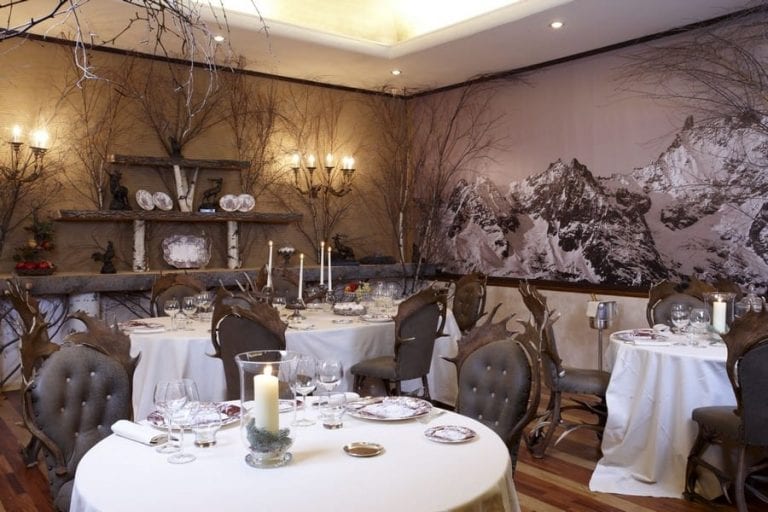

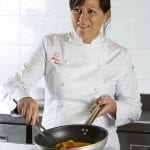
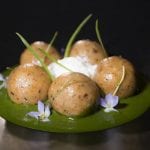
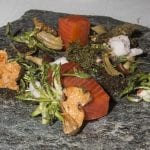
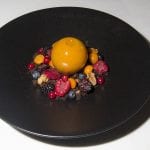
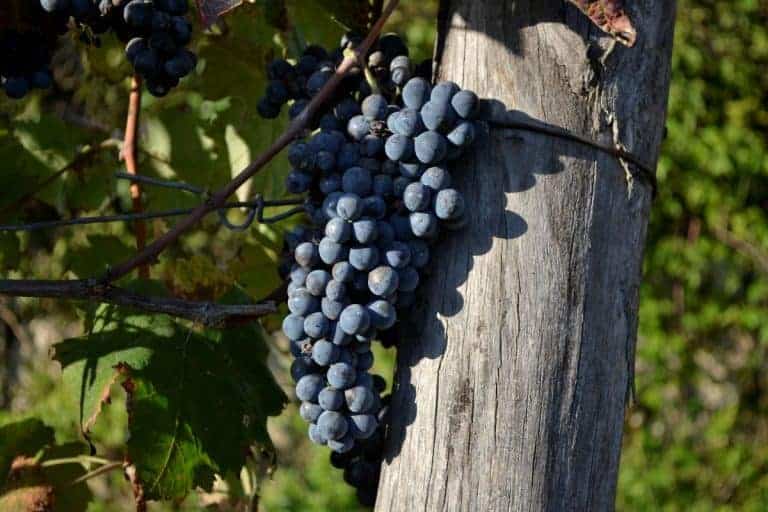 A forgotten native grape variety is reborn just a few kilometres from Rome. The story of the Giulia grape
A forgotten native grape variety is reborn just a few kilometres from Rome. The story of the Giulia grape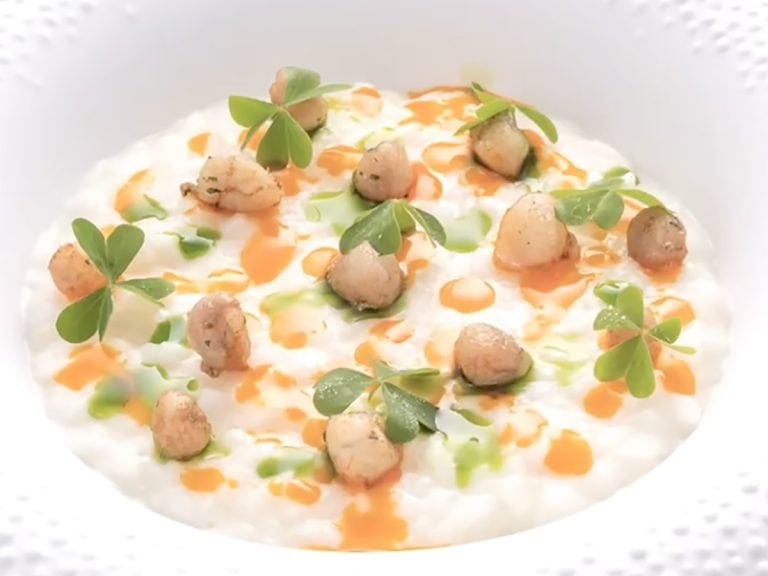 In Piedmont, creativity has the flavour of risotto with frogs. Here are the best places to enjoy it
In Piedmont, creativity has the flavour of risotto with frogs. Here are the best places to enjoy it Dear Carlo Petrini, the Langhe will never suffer the fate of Bordeaux (which, by the way, is doing better than people say)
Dear Carlo Petrini, the Langhe will never suffer the fate of Bordeaux (which, by the way, is doing better than people say)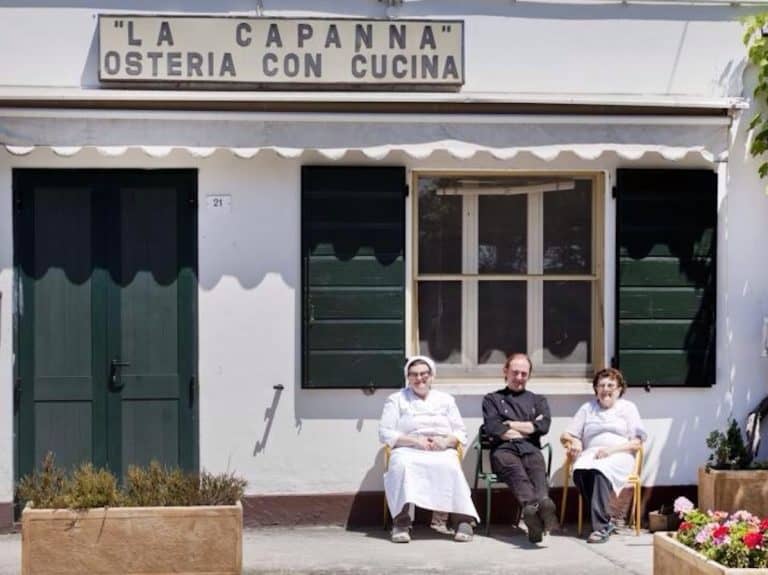 The hidden restaurant along the Po Delta that loses its star, where you can eat oysters, mantis shrimp, and amazing fish. For us, a place close to the heart
The hidden restaurant along the Po Delta that loses its star, where you can eat oysters, mantis shrimp, and amazing fish. For us, a place close to the heart With Trump’s return to the White House, Italian Agribusiness feels the heat
With Trump’s return to the White House, Italian Agribusiness feels the heat
